 Implementation of Geneva Conventions Act, 2012
Implementation of Geneva Conventions Act, 2012
R 385
Electronic Communications Act, 2005 (Act No. 36 of 2005)ICASARadiocommunication Frequency Migration Plan 2019AppendicesAppendix H : Articles 31 and 52 of the ITU Radio Regulations and Rec. ITU-R SM.1603Attachment 6 of Annex 1 : An example of the spectrum redeployment (refarming) process based on the United States of America experience |
"Refarming" is the informal name of a notice and comment rule-making proceeding (PR Docket No. 92-235 http://apps.fcc.gov/ecfs/comment/view?id=107799) opened in 1992 to develop an overall strategy for using the spectrum in the private land mobile radio (PLMR) allocations more efficiently to meet future communications requirements. In June 1995, the Commission adopted a new narrowband channel plan in the PLMR bands below 800 MHz http://apps.fcc.gov/ecfs/comment/view?id=146897. In February 1997, the Commission adopted a Second Report and Order http://apps.fcc.gov/ecfs/comment/view?id=180426 which did away with 20 discrete radio services and replaced them with two frequency pools: the Public Safety Pool and the Industrial/Business Pool. In May 2001, the Commission adopted the Sixth Memorandum Opinion and Order which resolved all outstanding issues and terminated the proceeding.
The rules adopted in the refarming proceeding are applicable to the Private Land Mobile bands below 800 MHz. Specifically, the technical rules adopted affect the licensing and use of radios in the following bands:
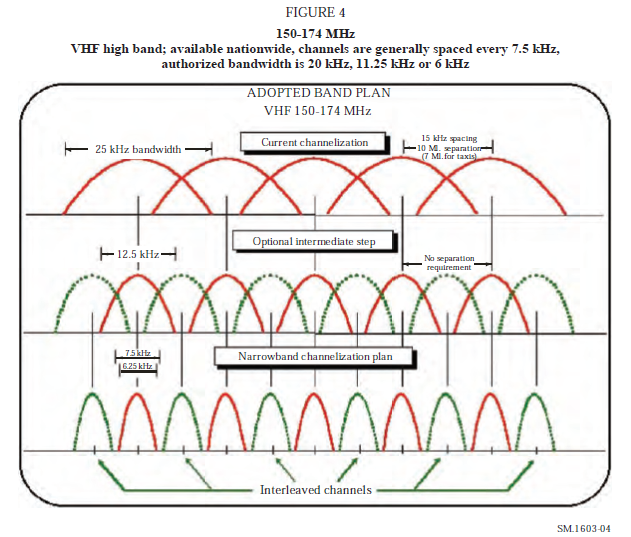
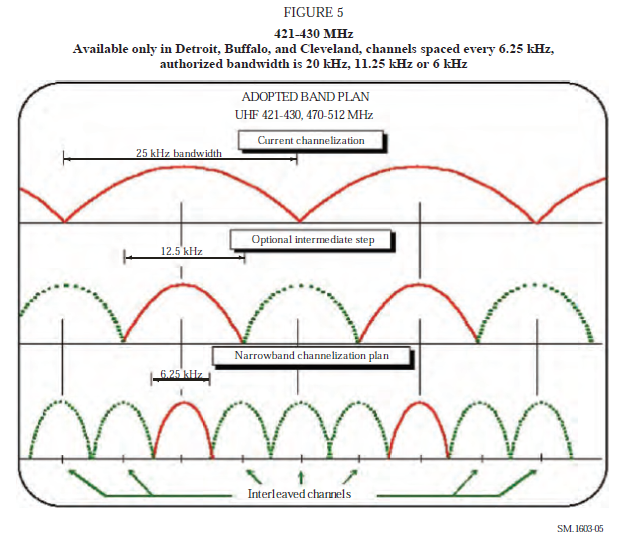
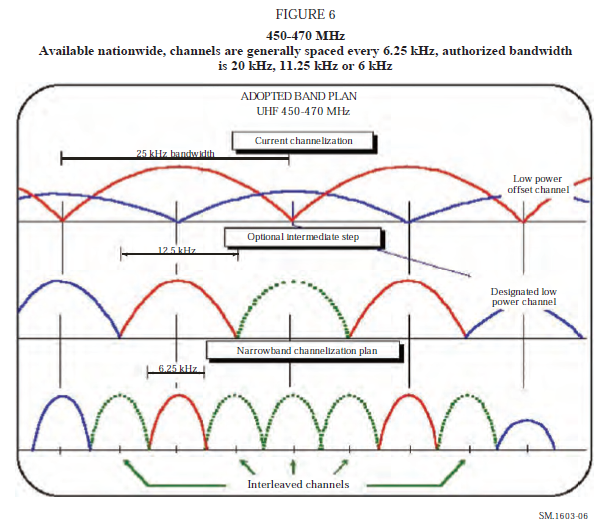
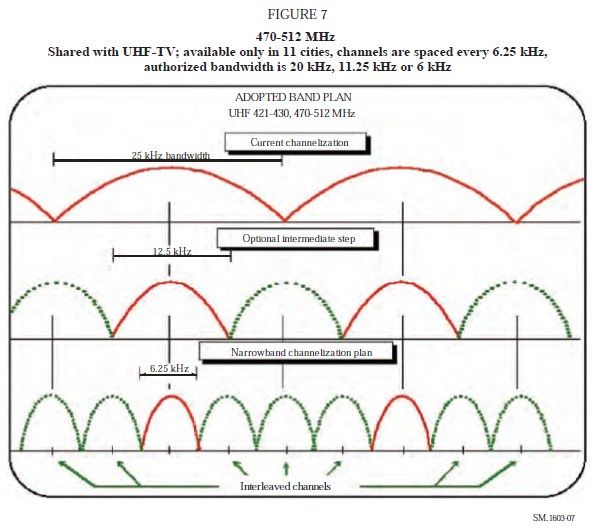
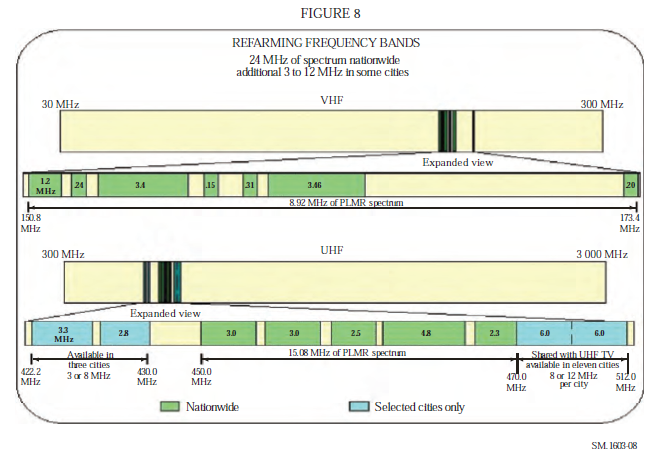
Information on the public safety radio systems operating in the 150-512 MHz radio bands and transition can be accessed at :
http://transition.fcc.gov/pshs/public-safetyspectrum/narrowbanding.html